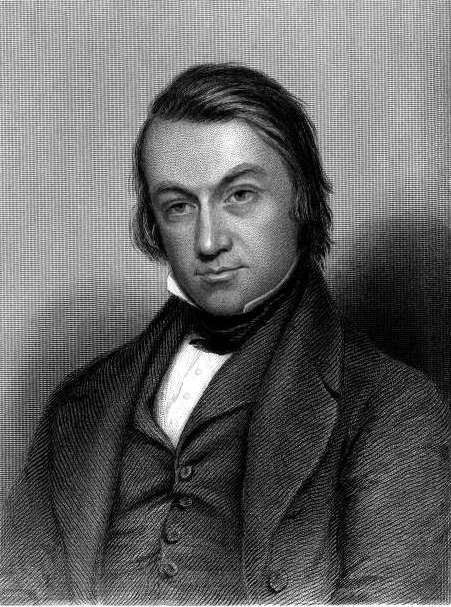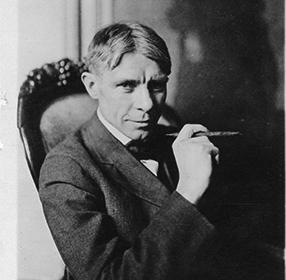About the Poet:
Henry Charles Bukowski (August 16, 1920- March, 1994) was a German poet born in America. He was not only a poet but also a novelist, and a short story writer. His writing was greatly influenced by the social, cultural and economic environment of his home city in Los Angeles. His poems would largely include themes of the poor lives of the American rural classes, alcohol, relationships with women, and the drudgery of work. His work is described by many as that of a realist with dark tones to his poems and a sense of escapism, alienation, depression, and loneliness.
Introduction to the poem:
Charles Bukowski’s poem “Cause and Effect” has a heavy undertone to most of its lines. It is a short but thought provoking poem about casualty and sorrow. The lines relate to acts of suicide and often occur to the best kind of people, whereas, the ones who never understood these people well enough, always wonder why death was preferred over their own company. Bukowski named this poem in such a way that the reason for the occurrences in the poem are explained conveniently interlinked to the title.
Setting of Cause and Effect:
Bukowski’s poem gives no hint or description about where these lines are being used, the reason for these lines or to whom it is directed to, apart from the reader who is reading this poem. It is an open message and its lines narrate as a warning to those who are unaware about the disturbing truths of the ways of life.
Poetic Devices in Cause and Effect:
Alliterations:
Line 1: “The best often die by”
Line 5 and 6: “Why anybody would ever want to”
Symbolism:
“the best often die by their own hand” is a symbolism of the best people committing suicide.
Style of Cause and Effect:
“the best often die by their own hand” (A)
“just to get away,” (B)
“and those left behind” (C)
“can never quite understand” (A)
“why anybody” (D)
“would ever want to” (E)
“get away” (B)
“from” (F)
“them” (G)
Summary of Cause and Effect:
“Cause and Effect” is a short poem by Charles Bukowski that narrates the most complex of truth in the simplest of poetic language. It narrates Bukowski’s thoughts about how the wisest of people suicide and how their ignorant counterparts will ponder over the reason for their death, only because they are themselves unaware of the darker secrets of life. He calls this poem “Cause and Effect” only to relate the cause of death of the best of people to be the reason for oblivion created in the minds of a few unrealized souls. This is actually the effect of the deaths that deepens the oblivion in their minds. Bukowski, in very simple terms explains this phenomenon through his poem that reflects the aftermath of death.
Critical Analysis of Cause and Effect:
The poem does not give any hint about the context in which it is being said and or whom does it revolve around. Bukowski creates this air of darkness to make the reader realize the truth about life much easily. It comes straight to the point that Bukowski wanted to convey, which is the sad intricacies that life follows. It makes the reader aware of his or her surroundings and serves them with the bitter truth that they eventually will come across in life. The unfortunate series of events that are spread throughout life is a factor that Bukowski wants to make his reader become accustomed to. A possible reason for this poem could be the fact that he wanted to create awareness among people to eliminate any kind of ignorance and helping them realize this truth sooner than they initially would have.
Central Idea of Cause and Effect:
The poem has a two intentions to pick up- firstly, that the best kind of people die in their own hands only to get away from the world probably because of all the evil and destruction it has created, and secondly, that all those who are ignorant to these facts will always wonder as to why anyone would ever want to die and will hence stay ignorant to these truths of life.
Tone of Cause and Effect:
The poem comes right to the point without any distractions of “who said to whom” and begins with Bukowski narrating the simple truth of life, that is, the greatest people commit suicide just to get away from the world of neglected sorrow that they cannot tolerate anymore. The next few lines narrate the other truth that those people who are oblivious of such sorrows of life will never be affected by it and hence will always keep pondering over the reason for their death.
Conclusion:
Bukowski so easily explains to the reader about the core reason for the cause and effect of all sorrows of life, more particularly death that will always be a continuous phenomenon in the circle of life. He wants to warn the audience about the unfortunate occurrences in life and also wants to make them aware of how the ignorance to such truths will only take you in a world of oblivion. Through the dark undertones to this poem, a simple fact is illustrated for the sake of the truth being set free from the mind of the poet.
Contributor: Deeksha Honawar
Some online learning platforms provide certifications, while others are designed to simply grow your skills in your personal and professional life. Including Masterclass and Coursera, here are our recommendations for the best online learning platforms you can sign up for today.
The 7 Best Online Learning Platforms of 2022
- Best Overall: Coursera
- Best for Niche Topics: Udemy
- Best for Creative Fields: Skillshare
- Best for Celebrity Lessons: MasterClass
- Best for STEM: EdX
- Best for Career Building: Udacity
- Best for Data Learning: Pluralsight
















